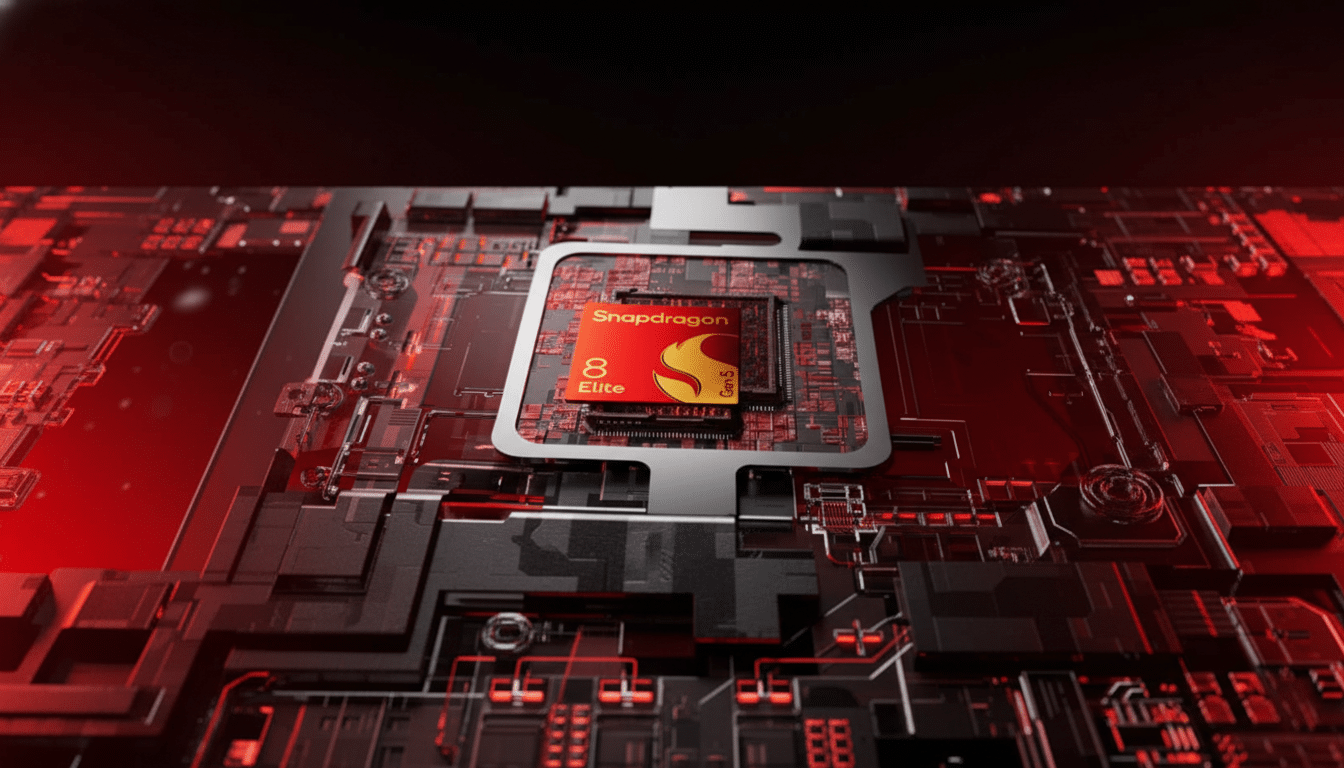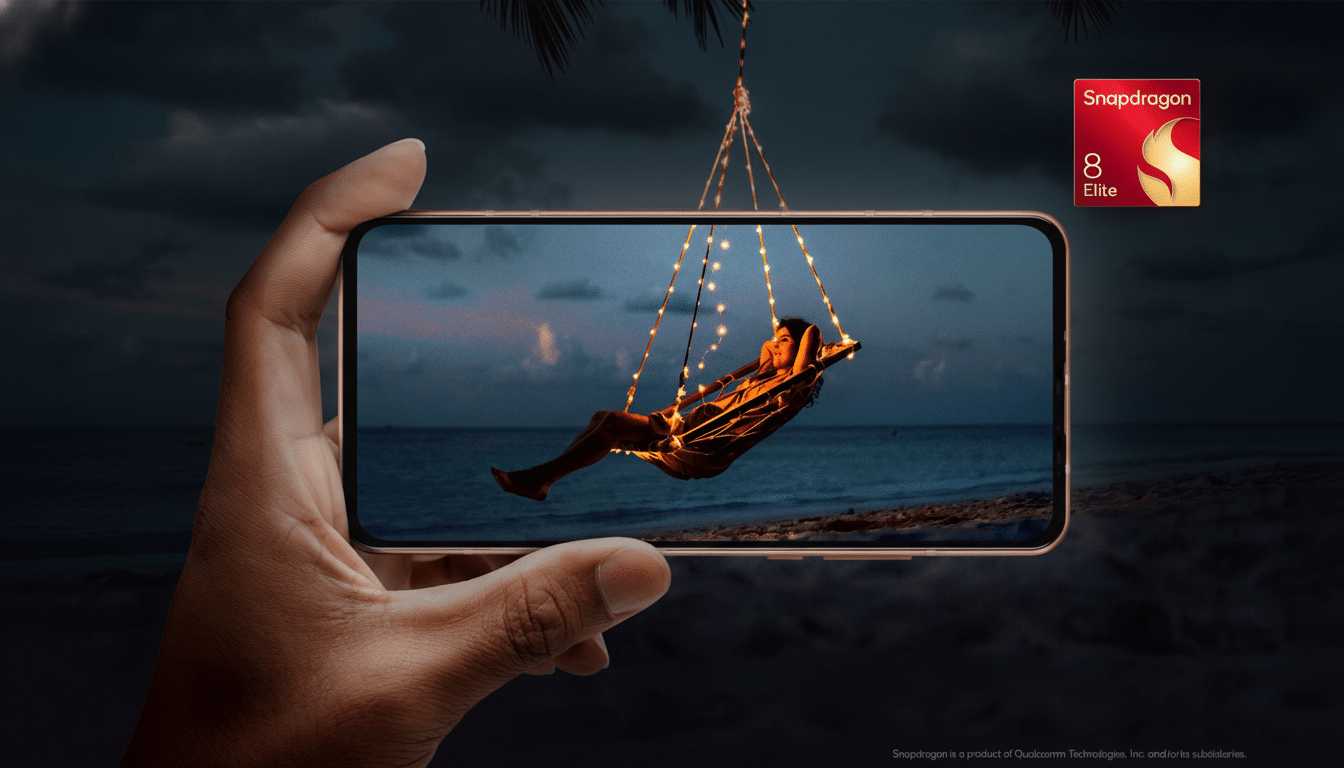AYN has now provided its clearest look yet at the Odin 3, with insights into internal development, colorways, and a roadmap centered on Qualcomm’s Snapdragon 8 Elite.
The update comes as anticipation nears a fever pitch for one of the first Android handheld gaming devices built around Qualcomm’s next-tier mobile gaming platform, which is ramping up after completing its crowdfunding run with more than $1 million.

This early look focuses on two critical fronts: cooling and software. With a flagship chip on board, sustained performance is just as much about thermals and airflow as raw silicon numbers. The maturity of GPU drivers will also determine how much potential the hardware delivers in real-world emulation and native Android games.
Hardware progress and thermal validation milestones
AYN released pictures illustrating the internal structure of the Odin 3 and reiterated that thermal validation is now in progress to reach a major milestone. If testing meets targets, fast production for some critical components will follow. That sequence implies that the chassis, motherboard layout, and cooling path are largely locked in.
Why does this matter? Flagship-level silicon on a Snapdragon-tier die can excel in short-term GPU bursts, but handhelds live and die by sustained clocks. From a strong heat spreader and consistent fan curve to intelligent intake/exhaust placement—these are what keep the device from thermal throttling. The latest Odin 3’s clear evolution in this field is another good sign for those hoping to maintain stable performance over long periods.
Design choices and paint-free color options detailed
The update also teased a complete range of shells made from plastic using paint-free technology. In addition to aesthetic continuity, this will supposedly help with fingerprints and micro-abrasions, and it might aid recyclability—an approach quite a few makers of personal electronic devices have pursued in order to use fewer coatings as well as post-process chemicals.
One cosmetic decision is still up for grabs: the front glass on the clear blue version, which was added after community feedback. AYN states that other color glass matching is done and ready to enter production.
Software status, controller firmware, and GPU drivers
On the software front, AYN says core system features are already up and running smoothly. The next steps will focus on firmware activation of the integrated controller and the “upper-layer” experience—Launcher, Radium, Profiles, Performance Toggles—and OS-level systems that will help govern low-level aspects of the device; they’re missing for now, but in November we should know more.

AYN will distribute 10 developer units to external partners with the intent of speeding up third-party GPU driver work. In the Android handheld space, one of the key open-source pieces is Mesa Turnip, a cornerstone for Vulkan performance and support. Early access enables developers to validate:
- Device IDs
- Vendor-specific Vulkan extensions
- Shader compilation issues for emulators and demanding games/cloud scenarios
This is particularly pertinent for Switch emulation, where GPU driver readiness can make or break whether a title runs, displays properly, and provides playable frame rates. Contributors to the Mesa project and independent Android GPU researchers have demonstrated this, showing that time-optimized driver updates can sometimes yield outsized gains compared to raw hardware alone.
Performance outlook and market drivers for Odin 3
Its predecessor, the Odin 2, earned its name based on all-day performance from a top-of-the-line Snapdragon platform, and the Odin 3 is expected to take that up another notch. While there are no concrete benchmarks yet, the Snapdragon 8 Elite is poised to significantly increase GPU throughput and single-threaded CPU performance—important considerations for emulation targets such as PlayStation 2 and Switch that benefit from per-core speed or Vulkan efficiency.
The real world will depend on thermals and drivers. If cooling steadies clocks and Vulkan features land soon in Turnip, you can look forward to many of the heavier GameCube/Wii titles running more comfortably at 60 fps, better PS2 compatibility, and fewer shader hitches for demanding Android gaming. Meanwhile, a hole in the driver layer can still thwart bleeding-edge silicon—just ask emulator developers and reviewers who were unable to see that potential materialize across a variety of Android handsets this year.
Competition is heating up. AYANEO’s Android-centric devices have different silicon goals, with Retroid and others chasing value tiers. AYN is still doubling down on cutting-edge flagship Qualcomm chips, which typically fare well in emulation breadth and wireless features by the time the software stack is in place.
Availability timeline, shipping plans, and next steps
Development, AYN reports, is on schedule, and shipping of the final product will begin soon. The campaign is over, so there’s currently no way for newcomers to preorder. The company has said nothing about wider retail plans, though early backers will catch the first wave while production ramps up.
Bottom line: First real visuals of the Odin 3 show a board prioritizing thermals, controller integration, and driver readiness for Snapdragon 8 Elite. If those pieces fit into place, this might be the Android handheld to keep an eye on in terms of real, sustained, console-class portability—especially given that its holistic approach is so developer-focused and enabling.

